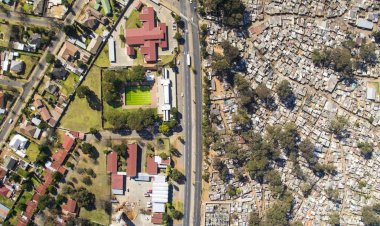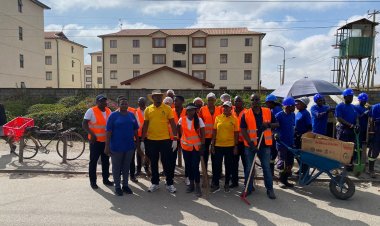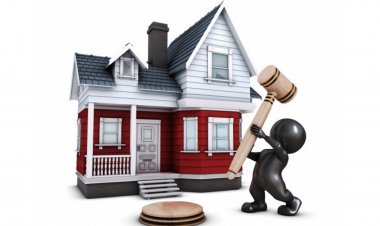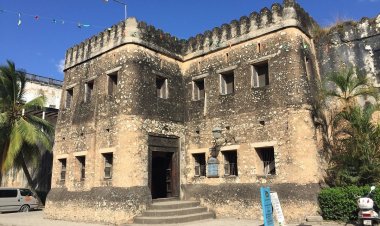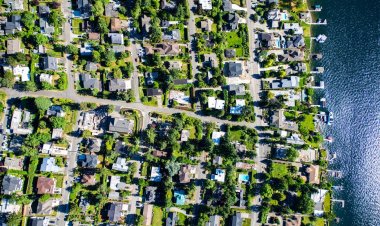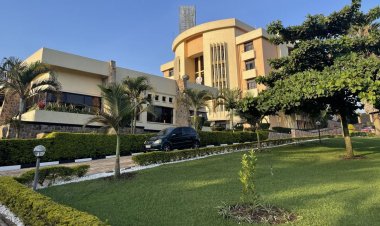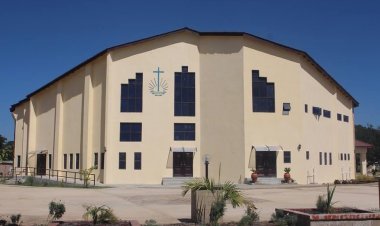Does the Kenyan Government Subsidize the Construction of New Housing for Low-Income Residents?
The ever-growing population in Kenya is a major challenge to affordable housing as Kenya's economy is unable to keep up with the large population.
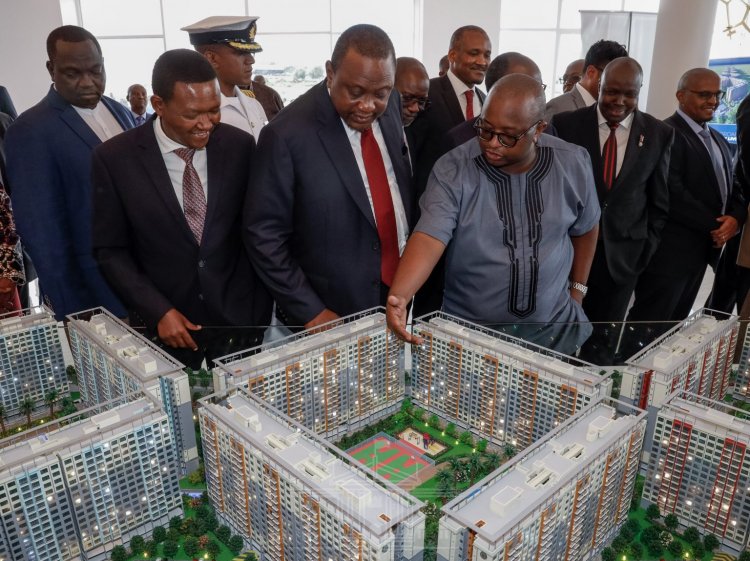
With the ever-growing population in Kenya, affordable housing has remained a major challenge as Kenya's economy is unable to keep up with the large population. This has led to the development of slums in major cities.
The government through his Excellency, the president, Uhuru Muigai Kenyatta, has tried to respond to this crisis by taking the following measures.
a) Creation of National Development Fund
The government has created ways in which the National Development Fund is to be funded. The Finance Act 2018, required salaried workers to contribute 1.5 percent of their salary towards this fund however, it has so far gone through some changes.
The president, Uhuru Kenyatta, directed the National Treasury at the Department of Housing to make amendments to Fund Levy and present it before the Parliament.
Therefore current amendments state that each member to contribute a minimum of Ksh. 200, which is credited to the individual member account.
b) Proper linkage between manufacturing GDP and affordable housing
Focusing on growth, in the manufacturing sector, would support the development of the Housing Agenda. For example, the availability of construction and concrete materials locally will help cut the cost of input materials requires for the housing program.
c) Access to affordable mortgages
The government has partnered with World Bank to create Kenya mortgage Refinance Corporation (KMRC). In which 20 percent is owned by the Kenyan government while 80 percent is owned by World Bank and 20 other local banks.
KMRC aims at providing long-term funding to lenders in order to reduce the huge housing supply gap to enable Kenyans to own homes.
Speaking to the Standard Newspaper, KMRC Chief Executive Officer, Johnson Oltetia noted that KMRC is building financing to meet the market of giving loans to acquire affordable housing at cheaper rates.
So far KMRC has recruited 20 Primary Mortgage Lenders(PML) and they include Cooperative Bank, DTB, NCBA, HF Group, Absa Kenya, Stanbic and Credit Bank, International Finance Corporation (IFC), and Housing in Africa.
Positive opportunities for private developers
The developer is expected to utilize about 70 percent of the land for the construction of affordable housing, and the remaining land can be used for construction and residential purposes.
The Kenyan Government provides the connecting infrastructure required to link each of the new estates. It will also give standardized and pre-approved unit designs to allow for quick planning approvals.
The government, therefore, is providing a guaranteed off-take for each unit that is built through National Housing Development Fund.











